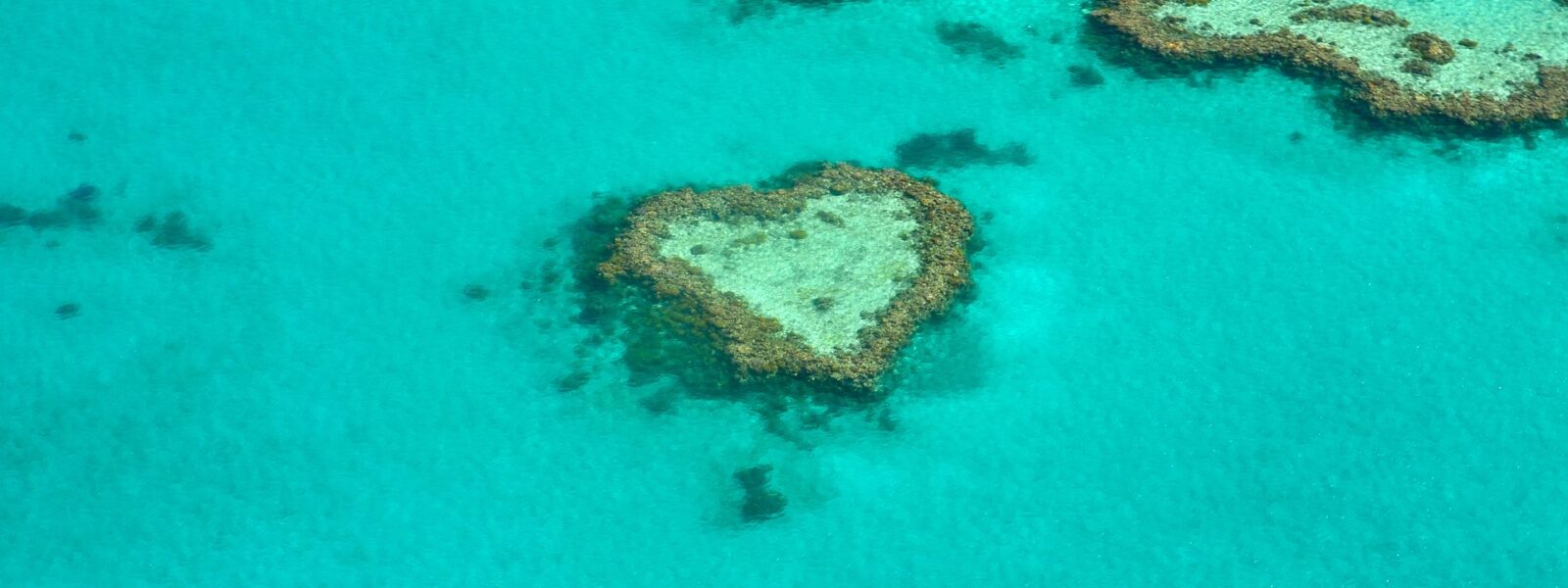The world is dotted with remarkable natural wonders that capture the imagination and ignite a sense of awe and wonder. Among these marvels, the Great Barrier Reef stands as one of the most breathtaking and captivating spectacles nature has to offer. Located off the coast of Queensland, Australia, this iconic coral reef system is a testament to the beauty and complexity of marine life. In this article, we will delve into the splendor of the Great Barrier Reef, exploring its rich biodiversity, environmental challenges, and the efforts being made to protect and preserve this underwater paradise.
1. A Natural Masterpiece
Stretching over 2,300 kilometers (1,430 miles), the Great Barrier Reef is the world’s largest coral reef system. Its vibrant and intricate ecosystems comprise an astonishing variety of marine life, from colorful coral formations to a diverse array of fish, mollusks, and marine mammals. The reef’s sheer size and complexity make it a haven for scientific exploration and a destination for divers and snorkelers seeking to immerse themselves in its underwater splendor.
2. Biodiversity Beyond Imagination
The reef’s biodiversity is truly staggering. It is home to over 1,500 species of fish, 400 species of coral, and countless other species of marine organisms. The intricate interplay between these species forms a delicate balance that sustains the entire ecosystem. From the majestic humpback whales that migrate through the region to the tiny, brilliantly colored nudibranchs that inhabit the coral crevices, every corner of the Great Barrier Reef is teeming with life.
3. Environmental Challenges
Despite its extraordinary beauty, the Great Barrier Reef faces a range of environmental challenges that threaten its survival. Climate change, rising sea temperatures, and ocean acidification pose significant risks to the health of the coral and the species that depend on it. Coral bleaching, a phenomenon where corals expel the colorful algae that give them nutrients and color, has become increasingly prevalent due to these stressors. Overfishing and pollution also take their toll on the delicate ecosystem, further exacerbating the reef’s vulnerability.
4. Conservation and Preservation Efforts
Recognizing the critical importance of the Great Barrier Reef, various conservation and preservation efforts are underway to safeguard its future. Marine protected areas have been established to limit human activity in vulnerable areas, allowing the ecosystem to recover. International collaborations seek to address global climate change and reduce its impact on the reef. Scientific research plays a vital role in understanding the reef’s dynamics and developing strategies for its protection. Additionally, eco-tourism initiatives emphasize responsible travel practices that minimize the impact on the delicate environment.
Conclusion
The Great Barrier Reef stands as an irreplaceable natural wonder, an intricate masterpiece that illustrates the magnificence of the marine world. Its vibrant ecosystems, breathtaking coral formations, and diverse marine life captivate the imagination and remind us of the beauty and fragility of our planet’s underwater realms. As we continue to face environmental challenges, it is crucial that we unite in our efforts to protect and preserve this awe-inspiring underwater paradise for generations to come. By embracing sustainable practices, supporting conservation initiatives, and raising awareness, we can ensure that the Great Barrier Reef remains a symbol of nature’s splendor and resilience.


You must be logged in to post a comment.